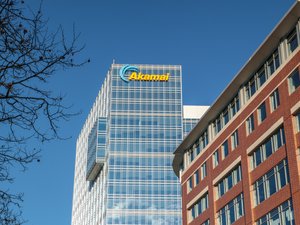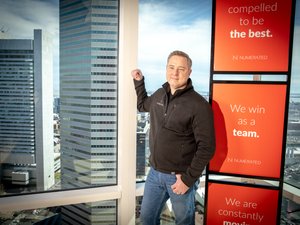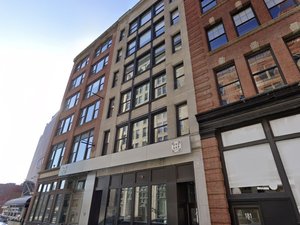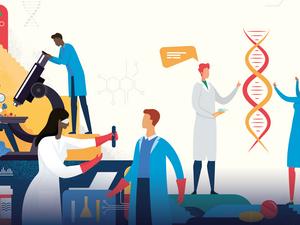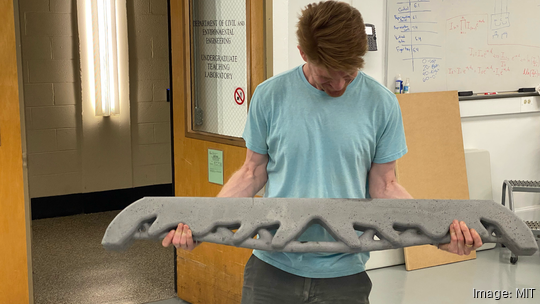
MIT researcher Jackson Jewett is researching ways to reduce carbon emissions by reducing the amount of concrete used in construction.
Concrete is currently responsible for 8% of the world's carbon emissions. It is also the second-most-consumed resource after water. Jewett, an MIT student in the final year of his Ph.D. program, is trying to reduce the emissions created by concrete production by figuring out how to use less of it.
By using optimization algorithms to design more “materially efficient structures,” Jewett and his team at MIT can figure out where less concrete can be used while still maintaining structural integrity. The team at MIT can use information about a building with their algorithms to analyze the forces in the structure and plan where materials should go. From there, the algorithm goes through an iterative loop in which it methodically places material in the structure until it reaches an efficient design.
Currently, concrete is laid evenly during construction, with the same amount of material placed at every point of the beam. This practice is effective but uses more concrete than necessary. What Jewett and his team are doing is called “topology optimization,” which uses as little material as possible to derive efficient connectivity between all the applied forces to concrete.
“We’re trying to put as much material in the places where the forces are really high and take it away from the places where the forces are low,” Jewett said.
Jewett's research at MIT tackles the carbon impact of concrete differently from that of existing companies, such as Somerville-based Sublime Systems, which makes low-carbon cement. Sublime's cement is currently being used in Boston’s largest “net-zero” building, the new Amazon.com Inc. tower in the Seaport District.
Digitization of construction
Instead of cutting emissions in the manufacturing process, Jewett and his team are trying to use less material. The process is not carbon-neutral, but will hopefully cut emissions by reducing the concrete and steel needed for a construction project. Additionally, using less concrete and steel means that the size of other materials can shrink as well, leading to savings on costs for construction companies.
“Once you start making these savings in one place, they can start creating savings in other places as well,” Jewett said.
Only 13% of construction companies had adopted a digital tool that could serve more than one purpose, according to a 2017 McKinsey and Co. report. Things have changed since 2017, with late-stage venture capital in architecture, engineering, and construction tech investment reaching $11.5 billion between 2020 and 2022, more than triple the level of the previous three years. With his research, Jewett is part of the move to bring digitization to construction practices that have remained the same for decades.
"What our lab is trying to do is see if we can use all this computational power we have to help us design our buildings in more structurally efficient and intelligent ways," Jewett said.
For the first round of prototypes, Jewett and his team are making small-scale models, only four feet long, with steel provided by Metal Supermarkets Boston. The research uses waterjet cutters to cut out pieces of steel set into the concrete to create a piece of concrete optimized for a single force in its center.
“If we can find climate solutions that are cheaper than high-carbon competitors, I think that’s the best thing we can do,” Jewett said. “And I’m really hoping this can be one of those things.”
- Sign up for The Beat, BostInno’s free daily innovation newsletter. See past examples here.
